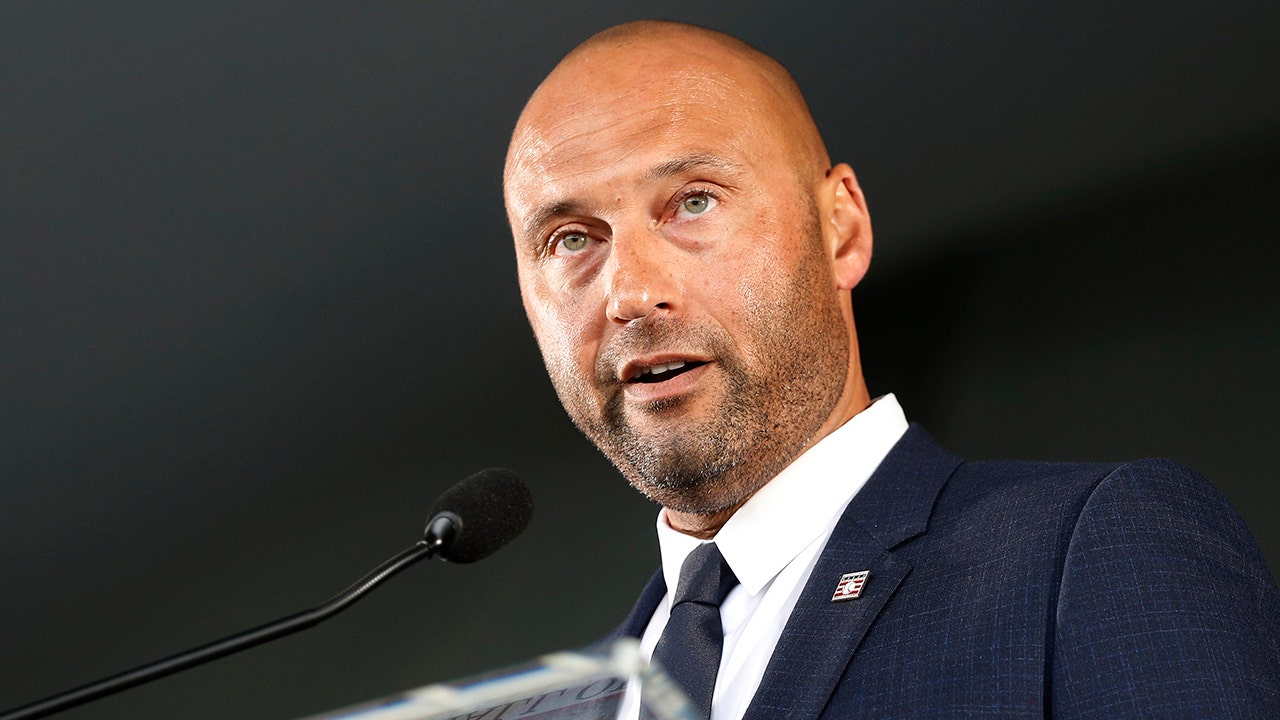Italy's top cultural sites drew more than 60 million paying visitors in 2024, surpassing the country's population for the first time.
The ancient Colosseum in Rome was the most visited attraction, with 14.7 million ticket holders, followed by the Uffizi Gallery in Florence with 5.3 million and the archaeological site of Pompeii with 4.3 million.
Tourists from Italy and abroad contributed more than €382 million ($424 million) in revenue to the Italian state, with the Colosseum alone bringing in over €100 million. Italy has about 59 million residents and is home to more than 400 state-run museums.
The number of visitors rose by 2 million compared to the previous year, while revenue increased by €68 million, partly due to higher ticket prices.
Not included in the figures are the Vatican Museums — home to the Sistine Chapel, where Pope Leo XIV was recently elected — which belong to the independent Vatican City. With more than 6 million annual visitors, the Vatican Museums would rank second if counted among Italy's attractions.
The Vatican is expected to have one of its busiest years in tourism, and even ahead of the recent death of pope Francis and the election of Pope Leo XIV, the city had expected some 32 million pilgrims to come to the city for the holy year of 2025.
The museum figures come as Italy is among European countries trying to crack down on mass tourism, notably with entry fees for day-trippers to Venice.
Meanwhile the buried city of Pompeii, which had been attracting some 36,000 visitors on busy days, last year introduced a limit of 20,000. Tourists still flock to the attraction - one of Italy's most popular - in hordes to see the archaeological park and learn about the victims of the Vesuvius eruption.
Greece, Spain, Holland, the Czech Republic and othe parts of Europe popular among tourists have been announcing a spate of new rules designed to limit the negative aspects of so-called overtourism.
.png)
 German (DE)
German (DE)  English (US)
English (US)  Spanish (ES)
Spanish (ES)  French (FR)
French (FR)  Hindi (IN)
Hindi (IN)  Italian (IT)
Italian (IT)  Russian (RU)
Russian (RU)  5 hours ago
2
5 hours ago
2









Comments